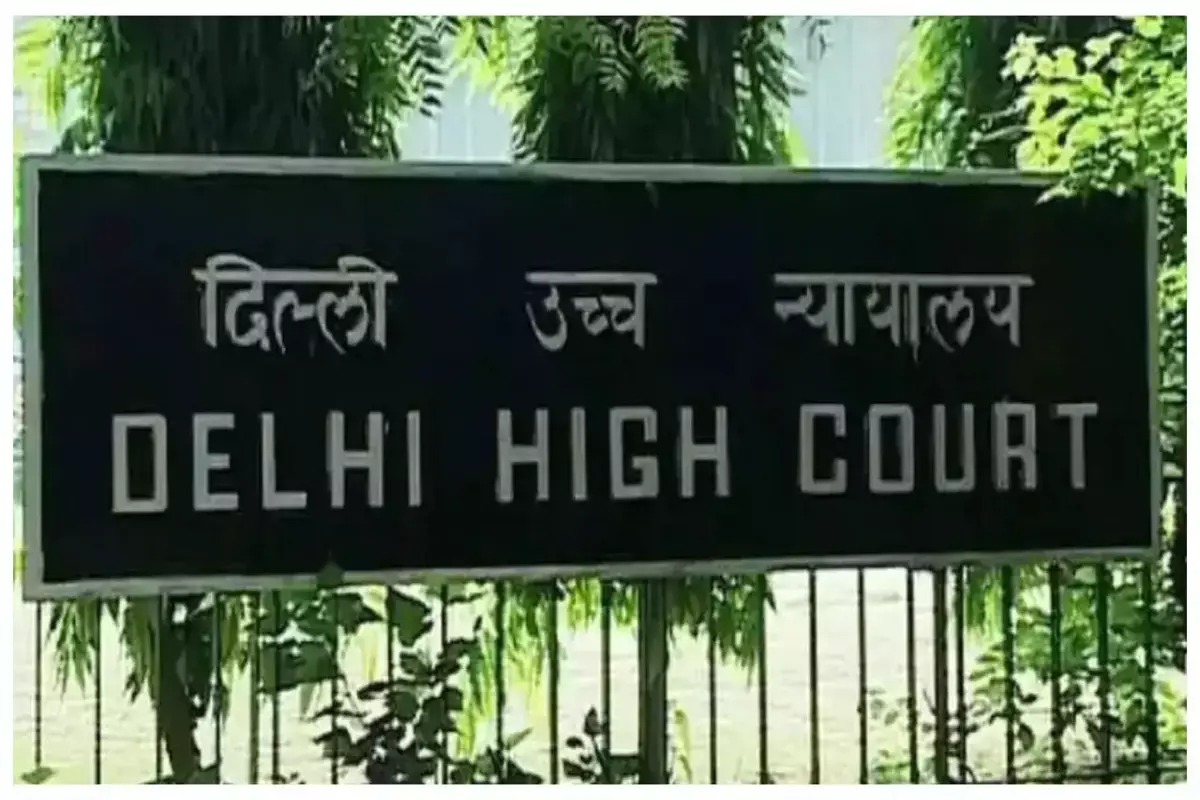
The Delhi High Court has clarified rules for determining the age of sexual assault victims based on bone tests, emphasizing a margin of error in POCSO Act cases. Justices Suresh Kumar Kait and Manoj Jain highlighted the presumption of innocence in India’s legal system, stressing that any doubt should favor the accused.
The court’s decision followed a reference from a trial court handling a POCSO case where a victim’s age, assessed via bone ossification tests, ranged between 16 to 18 years. The defense argued the victim should be considered 20 years old, citing the upper limit plus a two-year error margin.
In response, the bench referred to Supreme Court and high court rulings, noting that bone tests provide estimates, not exact ages. They underlined the adversarial legal system’s principle of innocence until proven guilty, placing the burden of proof on the prosecution.
Court’s decision referring to POCSO cases
“In cases under the POCSO Act, if a bone age test is used to determine age, the court should consider the upper age from the reference range,” the court stated in its July 2 judgment. It stressed the need for a two-year margin of error due to the test’s inherent uncertainties.
Also Read: Devendra Fadnavis Says Maharashtra Is Half A Trillion Economy
The court pointed out the absence of birth or school certificates in many cases, making bone tests necessary but acknowledging their limitations. “We must remember the accused is presumed innocent,” they emphasized, “and any doubt benefits them.”
India’s criminal justice system demands proof beyond doubt, ensuring fairness. “We cannot be oblivious of the fact that we are following an adversarial system of law, where the presumption of innocence is the indispensable philosophy. Since the adversarial system in India is based on the ‘innocence of the accused’, the burden of proof generally falls on the prosecution,” the court said.
“the victim’s age should be presumed at the upper end of the reference range, with a two-year margin of error.” The court observed.
To read more such news, download Bharat Express news apps


















